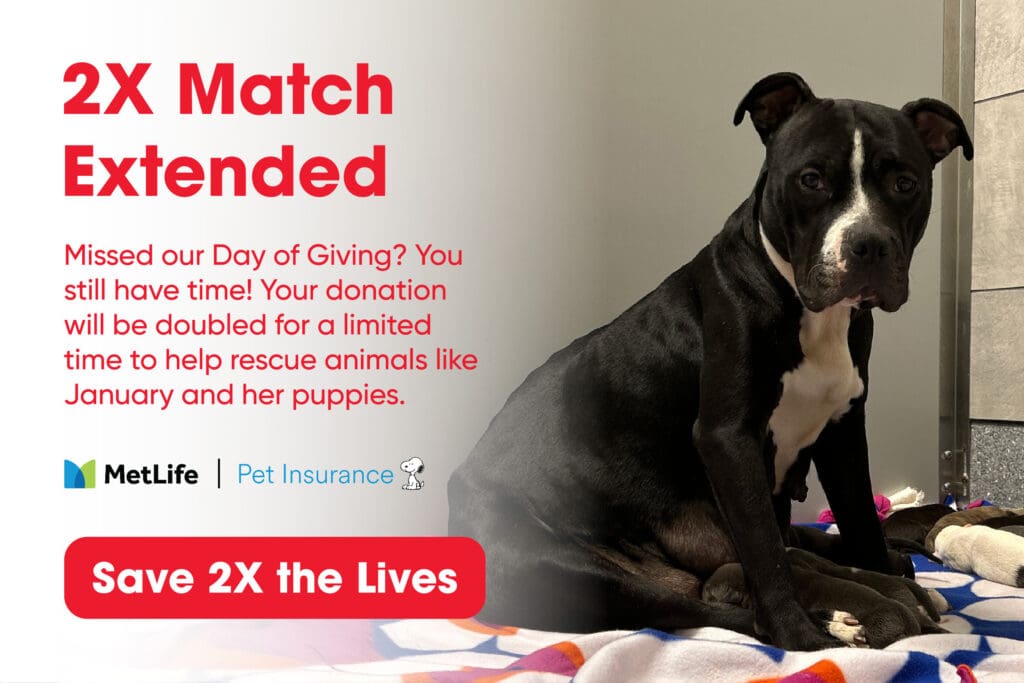NOTE: This post was originally featured on the Carpe-K9 blog and is copied here with the author’s permission.
(Please read Part 1 of this post here.)
Sophie is clearly uncomfortable (distressed) by visitors. Her hackles, barks, growls and forward movement with stiffness are all clues. Marcy and Dave are not helping her learn to cope properly with what she clearly considers an invasion of her space. She has just enough sociability on board to mitigate a full aggressive response (so far), but it may not last. She is nervous, but not nervous enough to retreat. She likely gains a bit of confidence every time someone is invited in.
But increased confidence like this in a not-very-well-socialized dog is not always a good sign—especially when it manifests in situations with too much stress. It can engender conflict in the dog, because it puts the dog in the position of making decisions about which visitors are “OK.” This decision should never be left up to the dog, especially a distressed one! Increased confidence in an undersocialized dog who is allowed to make decisions without having first been shown what the right decision is means that the dog will start choosing forward movement instead of backing away, while exhibiting many behaviors that precede a bite. Without intervention, those behaviors will often coalesce into an aggressive offense.
Marcy and Dave have some work to do with Sophie. They need professional help, as potential aggression is nothing to sneeze at. The liability alone can be life-altering. Beyond that, though, a member of their family is crying out for structure and guidance, and they need to step up and give it. Ignoring these types of displays never leads to their elimination. It makes them worse.
So, how can they help Sophie be more accepting of visitors?
Marcy and Dave will have to change how they think about this problem. Master trainer Sarah Wilson says, “Your dog can change, but you have to change first.” The first order of business is to admit that this problem is a significant one, and will not go away on its own. Now is not the time for blame or recriminations. Neither of those is helpful for anyone.
The second order of business is to hire a professional trainer with a minimum of 5 years of experience working with pet dogs who has had hands-on with lots of different types and personalities of dogs, and is willing to use whatever tools and methods are best for Sophie and her humans. Treats alone will not solve this problem, and neither will a lot of physical force (both extremes will make it worse). The trainer should be able to do home visits, as this is where the bulk of the problem is.
Thirdly, Marcy and Dave must take steps to ensure the safety of their future guests (and Sophie) by restricting Sophie’s freedom to approach guests coming in the door. A dog who has poor door manners will never get better if she is allowed to continue to practice those behaviors. Every time someone enters, Sophie becomes more proficient at her conflicted greetings!
RESTRICTION PROTOCOLS
1.) The dog should be crated out of the area until the guests are all arrived and the stress of the doorway and hustle and bustle has passed*. Crating in and of itself will not teach her to appreciate guests, or to be more sociable, but it will prevent the practice she is building. NOTE: the dog must be tolerant of a crate for this to work. Slapping her in a crate if she’s never been in one, or has not be trained to tolerate it, won’t help. Train for the crate first.
NOTE: number one rule of the crate is: it is the dog’s safe haven. Leave. Her. Alone. Throw a blanket over it if you have to. Keep kids and adults away.
2. She could be confined safely in another manner, such as in a back bedroom (if she is not destructive and is housebroken) with the door shut. This room must be off limits to guests and children during the event. Period.
3. She could be confined behind a barrier such as a baby gate, instead of a closed room, IF this can be done safely. NOTE: a gate will work only if guests ignore her. Approaching the gate, trying to pet her, making sad faces and “aww, it’s so sad she has to be in there!” comments cannot be allowed. The dog needs to feel secure and untouchable in this area. A large, strongly-worded sign on the doorframe: “STOP! Dog is in training. DO NOT TOUCH or acknowledge” will help.
NOTE: see the bolded word in the above paragraph. Safety is very important. If she can jump over or push down the gate, option 3 will not be safe. If someone will open the door, purposefully or accidentally, option 2 will not be safe.
Option 1 is almost always the preferred method for beginning training to fix this problem. If the dog is not crate trained, now is the time to do it.
*I’m often asked if the dog will be allowed to circulate amongst the guests at any time in the evening, maybe after things calm down. The answer is: not yet. Keep her confined until everyone has gone until the trainer says she’s made enough progress in all the protocols.
None of the above options are foolproof, so stay on top of the situation. Your awareness is important here.
The professional trainer you hire will likely start with management as listed above, and then will give you specific things to do to start training itself.
Take heart: most dogs with door distress can be helped.
You just have to make some changes.

